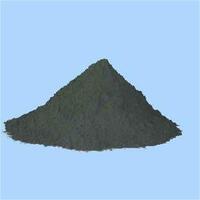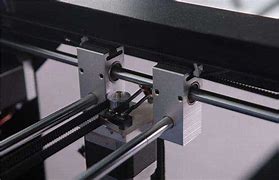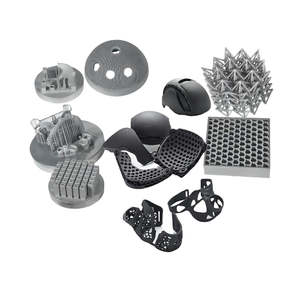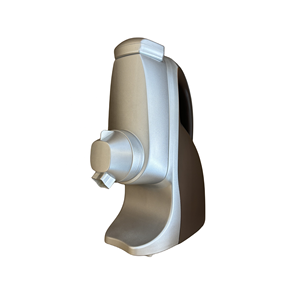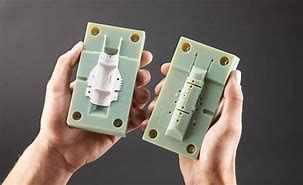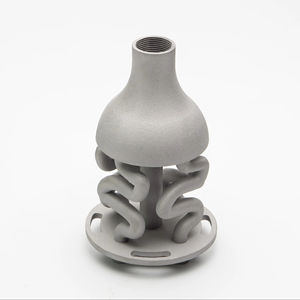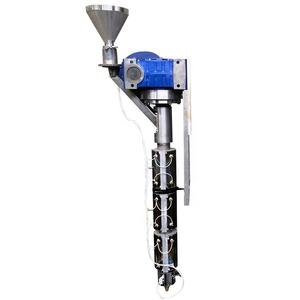Discover a professional 3D printing powder supplier
**Metal Magic: How Tough Is That 3D Printed Stuff?**
(is 3d printed metal strong?)
So you see these amazing shapes coming out of a 3D printer, all made from metal. It looks cool, futuristic even. But then you pick one up. It feels surprisingly light. That little voice whispers: “Is this thing actually strong? Can it handle real work, or is it just a fancy paperweight?”
Good question. Let’s dig in. 3D printing metal isn’t magic fairy dust. It builds things layer by tiny layer, like stacking incredibly thin sheets of metal. Think about snowflakes. Each one is delicate. Pack them together tightly into a snowball, though? That can really sting. 3D printed metal works a bit like that.
The strength isn’t automatic. It depends heavily on how it’s made. The process itself matters. Most strong metal parts use lasers or electron beams. These super-hot tools melt fine metal powder, spot by spot, building the shape meticulously. This melting and cooling happens super fast. The result? The metal’s internal structure is different from something poured into a mold or pounded into shape. It’s more like a super-fine-grained cake, layer upon layer.
But here’s the catch. Those layers? They can be weak spots. Think of lasagna. If the layers don’t stick perfectly, it falls apart. The same can happen between the printed metal layers if the process isn’t perfect. Tiny gaps or weak bonds can form. This is often the biggest worry about strength.
The material choice is huge too. Not all metals print the same. Some are champions. Titanium? Fantastic stuff. Strong, light, and prints really well. That’s why it’s used for jet engine parts and even medical implants going into people’s bodies. Stainless steel? Another solid choice, great for tough tools or machine parts. Aluminum alloys? Getting better all the time, good for lighter things needing strength.
The printer settings are like a recipe. Get them wrong, the cake flops. Laser power, scanning speed, how thick each layer is – all these tweaks affect how well the metal melts and bonds. Mess this up, you get weak spots, tiny holes (porosity), or internal stresses that can crack the part later. Skilled operators are key.
The story doesn’t end when the part comes off the printer. Often, it needs some finishing touches to reach its full strength potential. Heat treatment is common. Baking the part in a special oven relaxes internal stresses and can make the metal structure tougher. Sometimes the surface needs polishing or smoothing to remove any tiny roughness that could start a crack. Think of it like sharpening a knife – it just works better afterwards.
So, is it strong? The answer is: it absolutely *can* be. We’re talking rocket engine nozzles, parts inside fighter jets, custom surgical tools, even critical brackets on satellites orbiting Earth. These things face massive forces, heat, and stress. They hold up.
But it’s not always stronger than traditional methods like forging or casting *for every single application*. Sometimes those old-school ways still make the toughest possible metal for a specific job. The big win for 3D printing is design freedom. It makes shapes impossible with other methods – crazy internal channels, super lightweight structures like honeycombs inside solid blocks. Strength isn’t just brute force; it’s also smart design. Printing lets us put metal exactly where it’s needed most, making parts lighter *and* strong enough for the job.
(is 3d printed metal strong?)
The technology keeps sprinting ahead. Scientists and engineers are constantly finding new tricks. Better metal powders, smarter lasers, cleverer software that predicts and fixes problems before they happen. New ways to treat the parts after printing squeeze out even more strength. The weak spots between layers? They’re getting harder to find.

